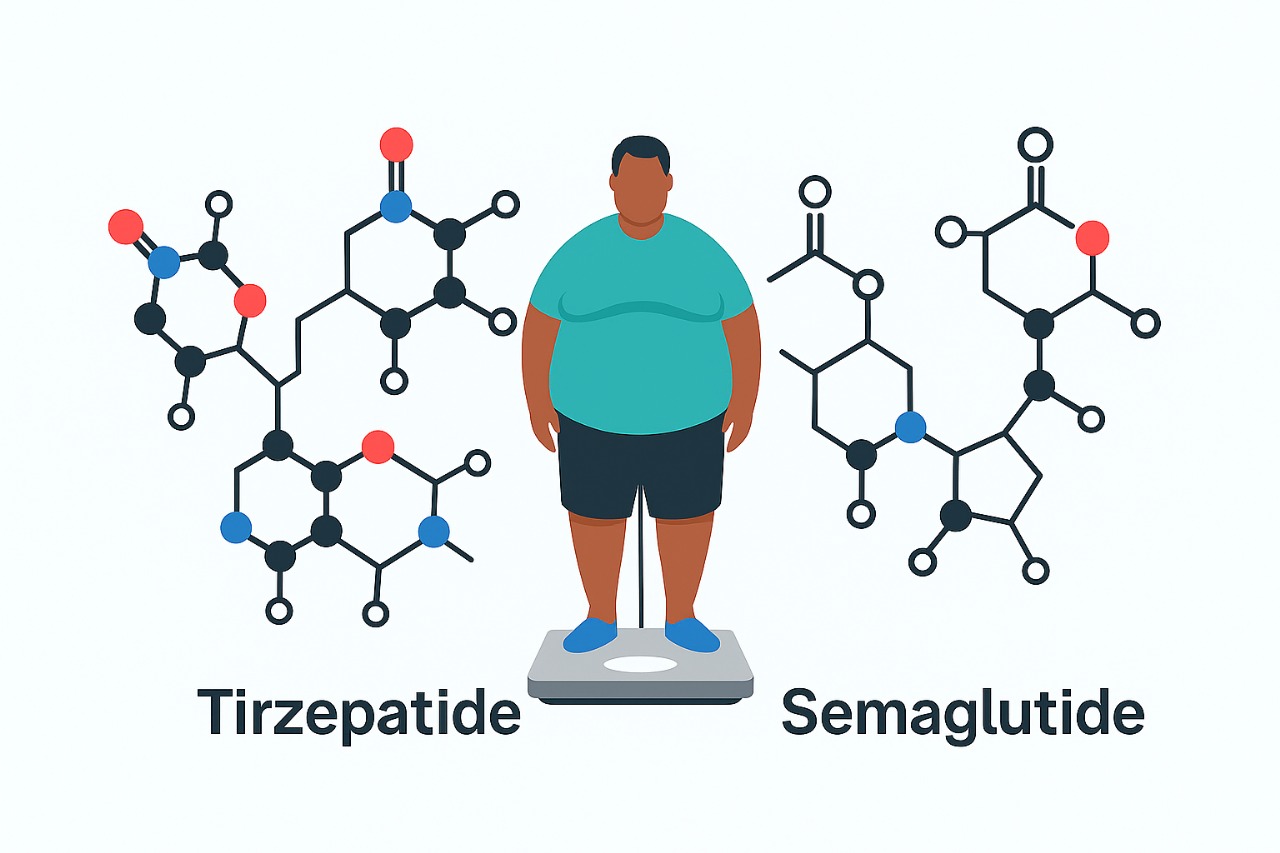
Insmed Incorporated announced the U.S. Food and Drug Administration (FDA) approval of BRINSUPRI™ (brensocatib 10 mg and 25 mg tablets), the first approved treatment for non-cystic fibrosis bronchiectasis (NCFB) in adults and children aged 12 and older. As a first-in-class dipeptidyl peptidase 1 (DPP1) inhibitor, BRINSUPRI targets neutrophilic inflammation by inhibiting neutrophil serine proteases, addressing a root cause of airway damage, persistent infections, and exacerbations in NCFB. This chronic condition affects approximately 500,000 diagnosed patients in the U.S. and millions globally, characterized by permanently dilated bronchi, chronic cough, excessive mucus, shortness of breath, and frequent flares that worsen lung function and quality of life.
Key findings on efficacy show tirzepatide’s superiority across doses. For instance, tirzepatide 15mg yielded a mean weight reduction of approximately -20.2% (95% CI: -21.4% to -19.1%) over 72 weeks, significantly outperforming semaglutide 2.4mg’s -13.7% (95% CI: -14.9% to -12.6%), with a between-group difference of about -6.5% (P<0.001). Lower doses followed suit: tirzepatide 10mg achieved around -18% weight loss, while semaglutide 1mg hovered at -10% to -12%. The probability of achieving clinically meaningful thresholds was higher with tirzepatide; e.g., 42-62% of patients on tirzepatide reached ≥15% loss versus 19-38% on semaglutide. These results were consistent in indirect comparisons and subgroups, highlighting tirzepatide’s dual GLP-1/GIP agonism as a mechanistic advantage over semaglutide’s GLP-1-only action.
Regarding tolerability, both drugs exhibited dose-dependent gastrointestinal side effects (nausea, vomiting, diarrhea), but tirzepatide had higher discontinuation rates due to adverse events (around 6-10% vs. 4-7% for semaglutide). Serious adverse events were comparable, with no significant differences in hypoglycemia or cardiovascular risks. The analysis used Bayesian methods for network comparisons, with credible intervals confirming robustness, though limitations include indirect evidence and short-term follow-up (mostly 40-72 weeks).
Overall, the study concludes that tirzepatide, particularly at 10-15mg, offers greater weight loss efficacy in non-diabetic obese adults but at the expense of slightly reduced tolerability. Long-term real-world data and direct head-to-head trials (e.g., ongoing SURMOUNT-5) are recommended for confirmation.

